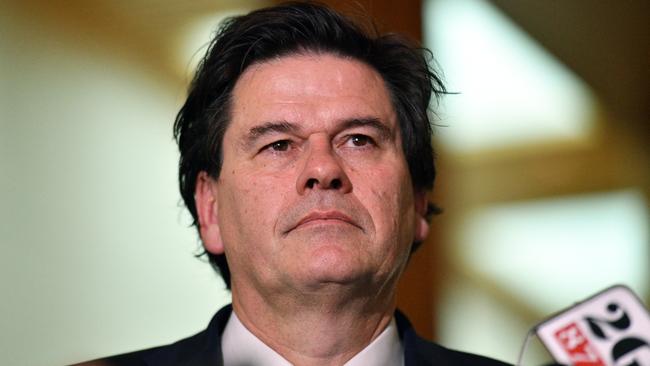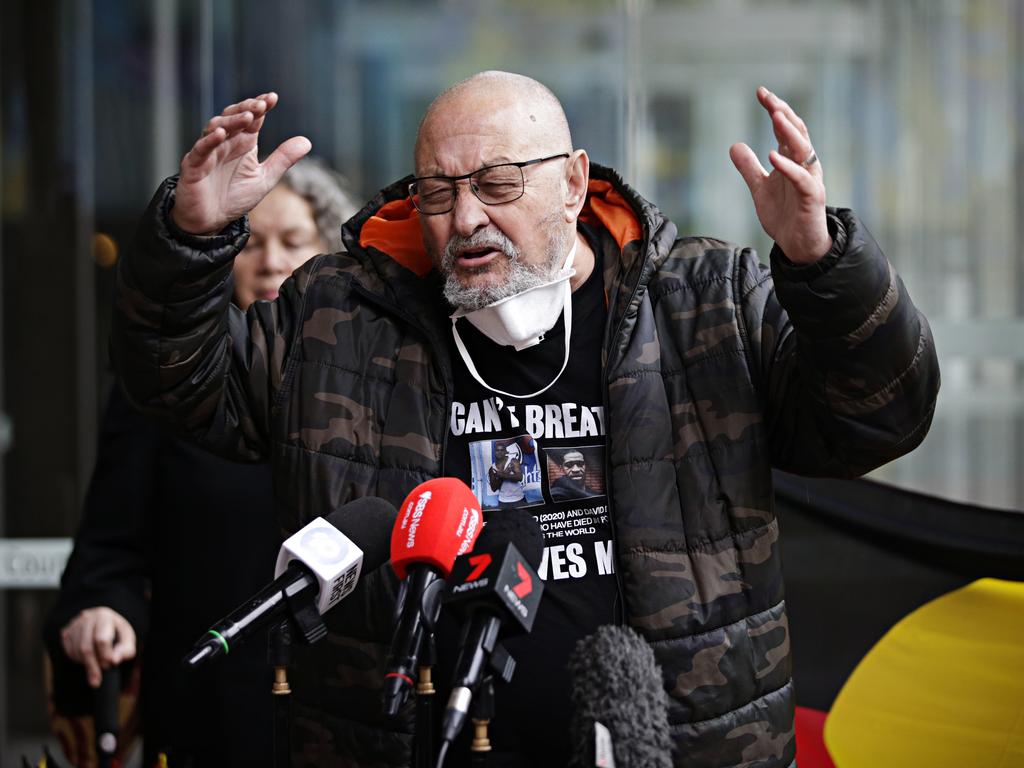World’s highest wage rate ‘to hurt recovery’
Australia has the highest minimum wage in the world, igniting business concerns it will penalise young job seekers.

Australia has the highest minimum wage in the world, igniting business concerns it will hamper the economic recovery from the coronavirus pandemic and penalise young job seekers during a recession.
The latest global comparison by the OECD shows Australia’s hourly minimum wage rose from $12.40 to $12.60 last year from a year earlier, to be just ahead of Luxembourg’s $12.50 when measured in purchasing-power adjusted US dollars.
A political row has emerged over the flexibility of Australia’s workplace laws, with Labor and unions condemning a push by the government to extend beyond September temporary industrial relations changes allowing employers who come off the JobKeeper wage subsidy to cut staff hours and change their duties.
Australian Industry Group chief executive Innes Willox said the newly published minimum-wage data was “no cause for celebration for the large numbers of people without jobs or the even larger number of people who can’t get additional hours of work”.
“It again puts to rest arguments that our minimum wage is too low,” he said.
Josh Frydenberg has sounded the alarm on the impact of a recession on young people, telling the National Press Club on Friday the youth unemployment rate was the highest in 20 years and that young people made up more than one-third of job losses.
The effective unemployment rate in June was 11.3, down from close to 15 per cent in April, with the official rate jumping to 7.4 per cent. Youth unemployment was at 16.4 per cent.
The Treasurer argued on Sunday that the temporary flexibility changes to workplace rules should be extended for businesses that fell off the JobKeeper payment, arguing they were still “doing it tough”.
“We want to give the businesses the best opportunity to go forward,” he said. “The protections for the staff members remain; adverse action, coercion, unfair dismissals, occupational health and safety.”
Mr Willox warned Australia’s minimum wage risked “imposing more extended periods of unemployment and underemployment on young Australians with little workforce experience and employees with lower levels of qualifications”.
The Fair Work Commission raised the minimum wage 1.75 per cent in June to $19.84 an hour or $753 a week, against the submissions from business.
“We have decided to award a substantially lower increase this year than that awarded last year due to the marked change in the economic environment and the tax-transfer system and other changes which have taken effect in the current Review period which have benefited low-paid households,” the FWC said.
Mr Willox said increases in the minimum wage had been relatively high in recent years.
“At a time of low incomes growth generally, the increase in the minimum wage announced by the Fair Work Commission in June this year has seen the minimum wage rise by 8.5 per cent since 2017,” he said.
Of the countries surveyed, Mexico ($1) and Brazil ($2.40), had the two lowest minimum wages. The minimum hourly wages in Britain, the US and New Zealand were $10.50, $7.30 and $11, respectively. Canada’s minimum wage rose from $10.10 to $10.20. France had the third highest minimum hourly wage, at $12.10.
Australia’s unemployment rate is forecast to peak about 9.25 per cent in December and remain high, with last week’s economic and fiscal update saying it would “take some time to decline”.
The official unemployment rate is estimated to be 8.75 per cent by mid next year, but this assumes the Victorian lockdown is not extended beyond six weeks, that the Victorian border with NSW and South Australia opens next month and international travel resumes at low levels over the first half of next year. The government also expects wage and CPI growth next financial year to be 1.25 per cent.
“The sharp deterioration in labour market conditions and associated increase in spare capacity will put downward pressure on wage and price growth for some time,” the Treasury said.
Inflation figures for the June quarter, to be released this week, are expected to show the consumer price index fell over last financial year, for the first time since 1962. The latest budget update estimated CPI fell 0.25 per cent over the year to June, while wages grew 1.75 per cent.
The government has commissioned five working groups to propose ways to simplify the industrial relations system, which are due to report later this year.








To join the conversation, please log in. Don't have an account? Register
Join the conversation, you are commenting as Logout